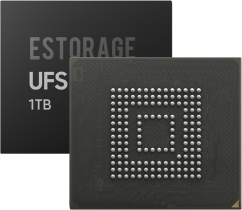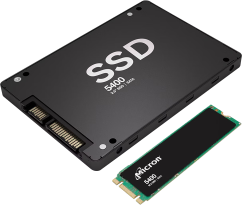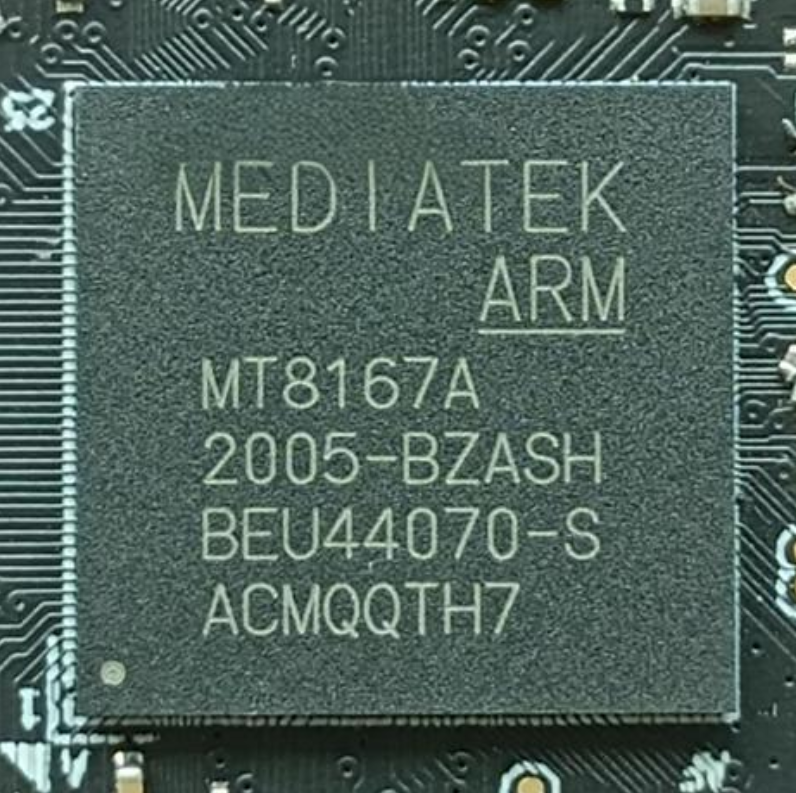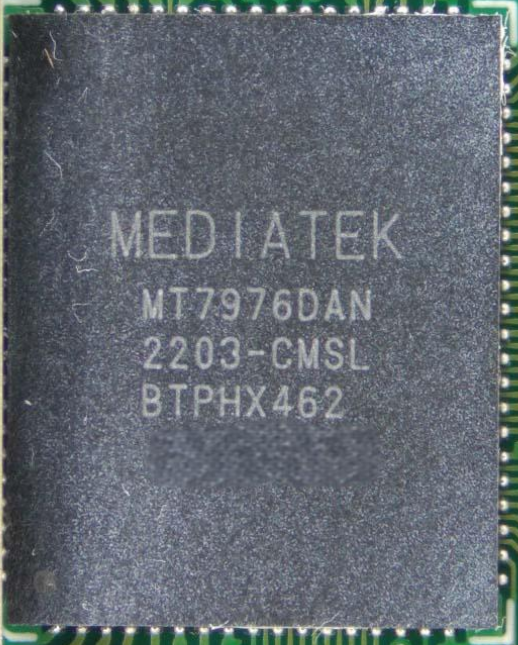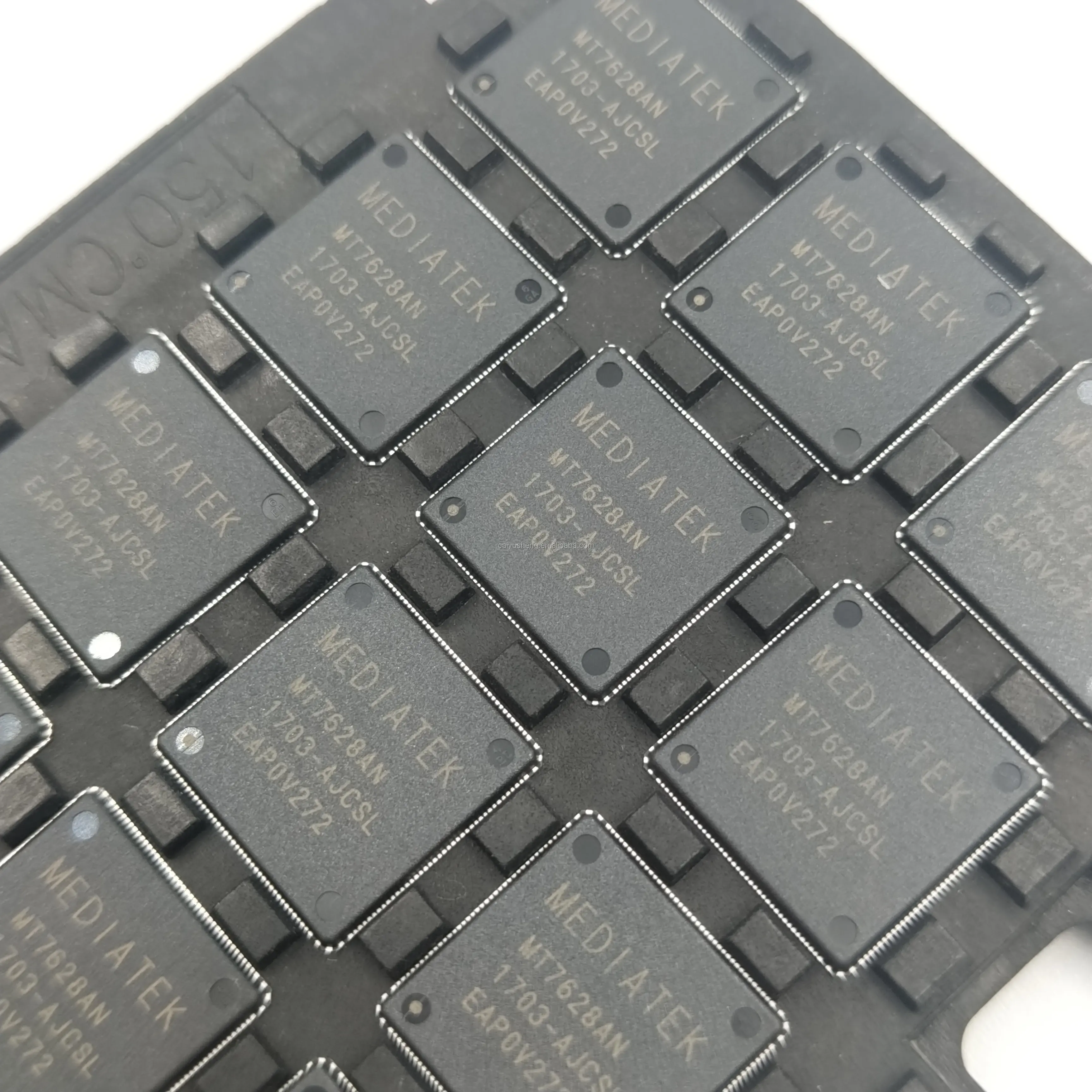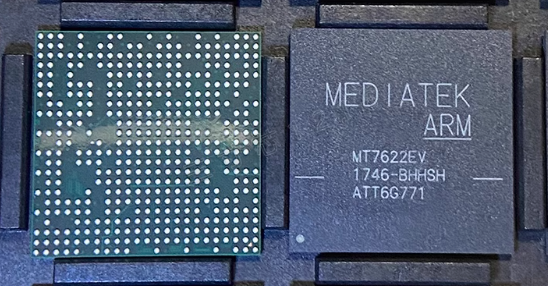Product Description
The MediaTek MT8291E-BUSL is designed as an efficient, low-power SoC targeting devices where power efficiency and connectivity are paramount. It is often used in smart devices such as wearables, home automation systems, and connected appliances. The chip integrates a host of modern technologies that allow it to handle both basic computing tasks and more advanced multimedia processing.
The CPU architecture of the MT8291E-BUSL is based on ARM Cortex-A53 cores, which are well-known for their energy efficiency while still delivering solid performance. With a clock speed of up to 1.5 GHz, the chip is capable of executing most tasks required for embedded applications without significant delays, ensuring a smooth user experience.
In terms of graphics performance, the Mali-G52 GPU integrated into the MT8291E-BUSL enables the chip to handle demanding visual applications such as video playback, simple games, and UI rendering. The Mali-G52 is a mid-range GPU that strikes a good balance between power efficiency and graphical performance, making it suitable for applications that need decent graphics but aren't required to handle high-end gaming graphics.
The memory system in the MT8291E-BUSL is built around LPDDR4X RAM, which significantly improves memory performance. The LPDDR4X standard reduces power consumption compared to earlier versions of DDR, while increasing data transfer speeds, making it an ideal choice for devices that require both efficiency and performance.
As for connectivity, the chip supports Wi-Fi 5 (802.11ac) and Bluetooth 5.0, ensuring robust wireless communication capabilities. These features make it suitable for a wide variety of applications where wireless data transfer is essential. The Wi-Fi 5 standard offers fast internet speeds, while Bluetooth 5.0 enables low-energy, long-range communication between devices.
The storage interfaces of the MT8291E-BUSL provide flexibility in device design. It supports both eMMC 5.1 and UFS interfaces. While eMMC is generally cheaper and sufficient for lower-end devices, UFS provides faster data throughput, which is useful for high-performance applications such as media streaming and large-scale data processing.
The power management capabilities of the MT8291E-BUSL are a standout feature. The chip’s design focuses on optimizing battery life by reducing power consumption during idle times, adjusting its power state according to workload demands. The chip can reduce its clock speed and adjust voltages to minimize energy usage, which is crucial for extending battery life in portable devices.
On the multimedia side, the MT8291E-BUSL supports 4K video decoding and encoding, a feature that makes it suitable for smart TVs, media players, and other devices involved in high-definition video content playback. The chip also integrates video and display interfaces like HDMI and MIPI-DSI, which allows it to connect to a wide range of display devices, further enhancing its versatility.
Overall, the MT8291E-BUSL is a highly versatile, power-efficient SoC that offers a range of features suitable for connected, multimedia-focused devices. Its balance of performance, connectivity, and power efficiency makes it ideal for a variety of modern embedded applications.
Specification
CPU Architecture:
The MT8291E-BUSL features ARM Cortex-A53 cores, providing a solid mix of performance and power efficiency. The Cortex-A53 cores are 64-bit processors capable of handling multi-threaded workloads at moderate clock speeds.
Clock Speed:
The chip operates at a clock speed of up to 1.5 GHz, allowing it to run general applications and perform real-time tasks effectively. This makes it well-suited for devices requiring continuous operation without significant performance lag.
Graphics Processor (GPU):
The MT8291E-BUSL integrates a Mali-G52 GPU, which provides good performance for graphic rendering tasks. It supports modern gaming graphics and displays with decent efficiency, making it a good choice for multimedia applications.
Memory Support:
The chip supports LPDDR4X RAM, which offers higher data transfer rates and lower power consumption compared to older memory types. This helps in improving overall device performance, especially for multitasking and memory-intensive applications.
Storage:
The MT8291E-BUSL supports eMMC 5.1 and UFS storage interfaces, providing flexibility in selecting storage solutions based on the performance needs of the device. The UFS interface offers higher data throughput, which is critical for applications requiring fast read/write speeds.
Connectivity:
The chip comes with integrated Wi-Fi 5 (802.11ac) and Bluetooth 5.0 support, ensuring robust and stable wireless communication. This makes the chip suitable for IoT devices, smart home gadgets, and other connected applications.
Power Efficiency:
The MT8291E-BUSL is designed for low power consumption, which is ideal for portable, battery-powered devices. It integrates power-saving features such as dynamic voltage and frequency scaling (DVFS) to adapt to varying workload demands.
Video and Display:
The SoC supports 4K video decoding and encoding, making it a good candidate for media streaming applications. It supports multiple display interfaces, including HDMI and MIPI-DSI, providing flexibility for connecting to external displays or projectors.



